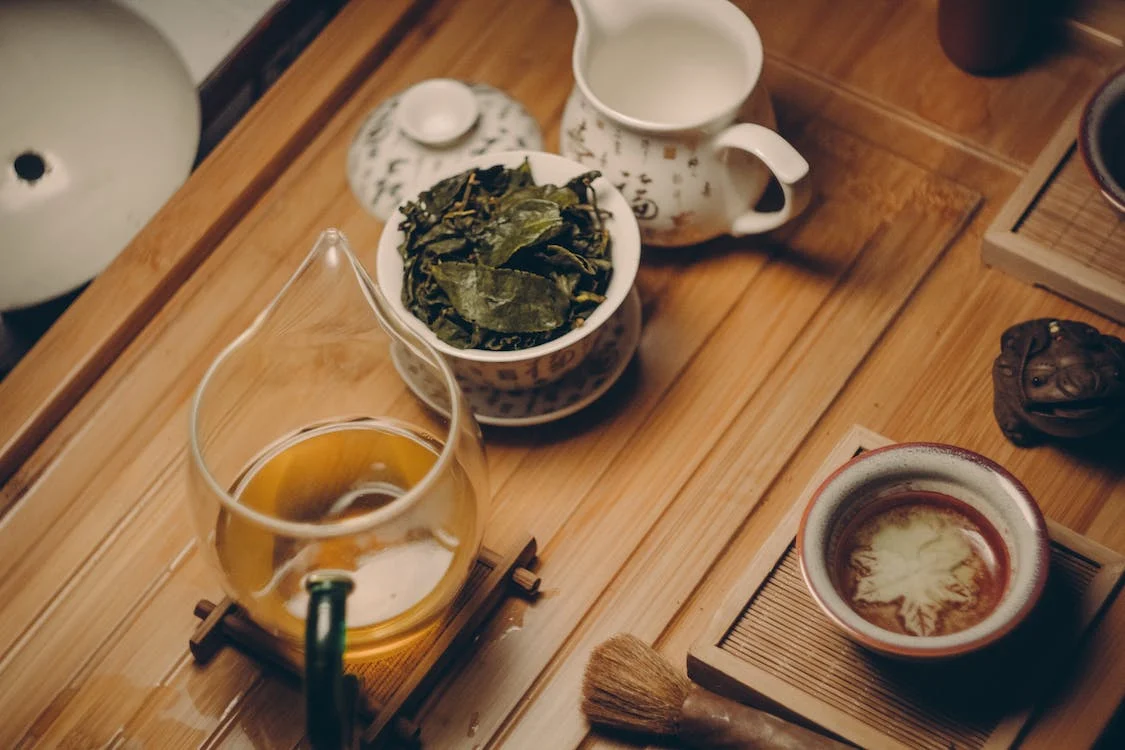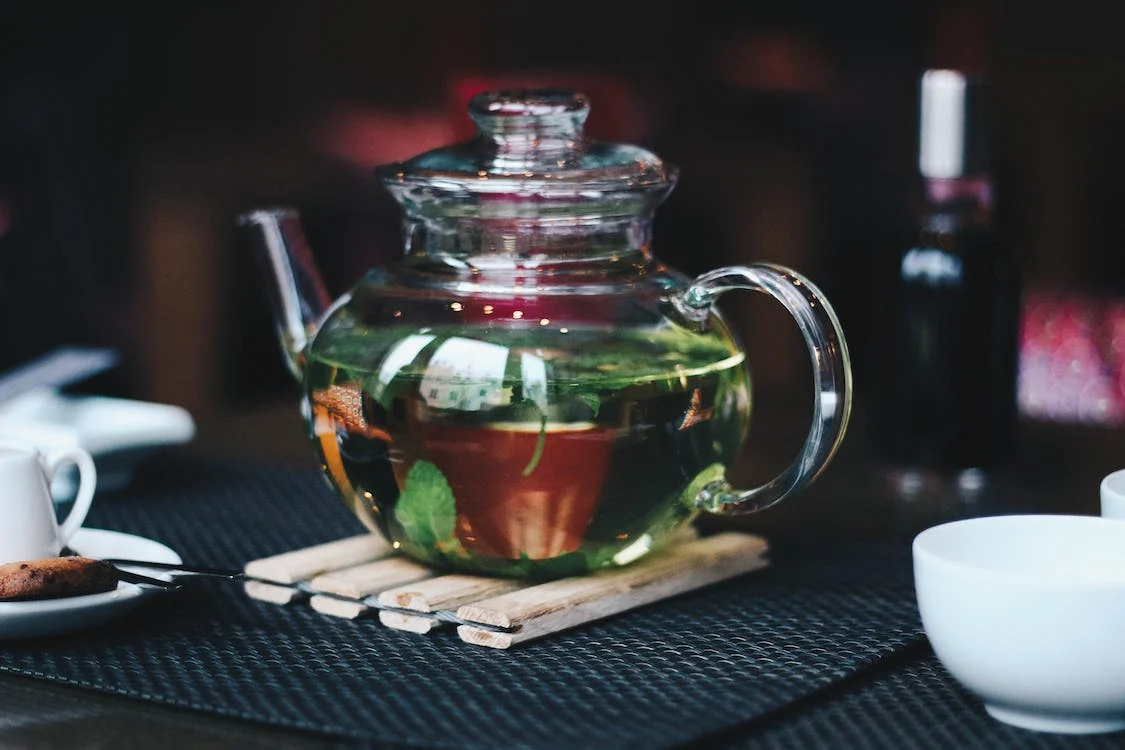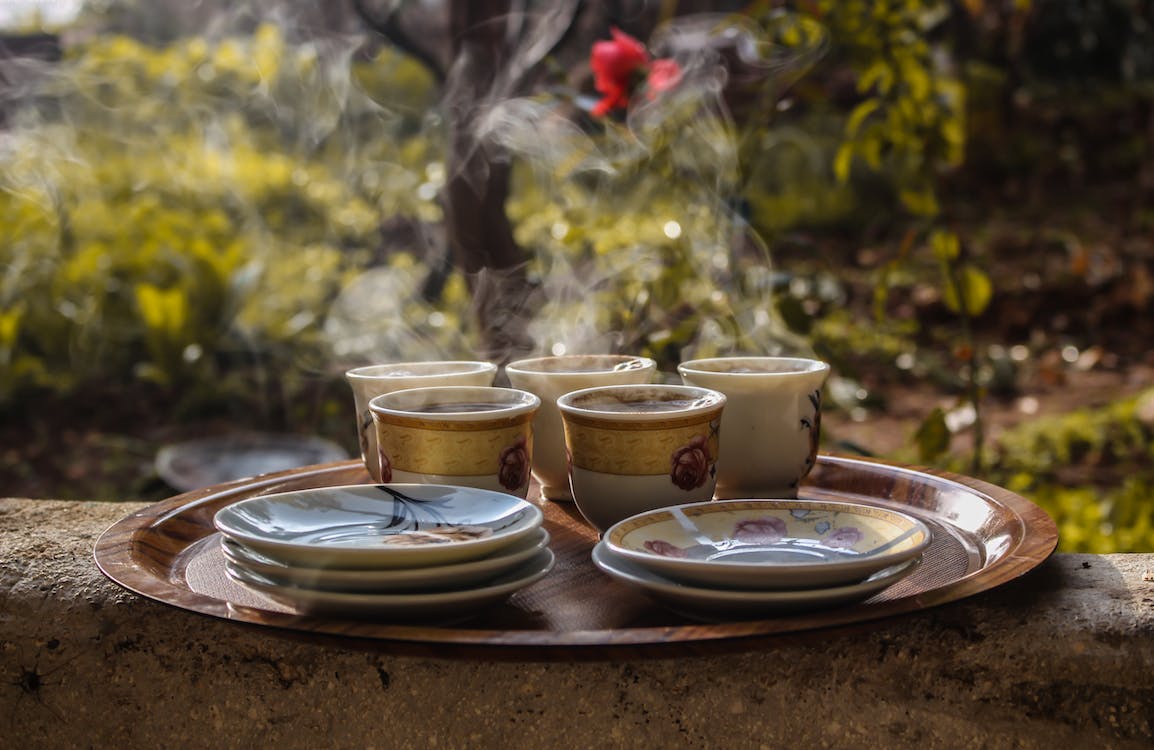Using the four senses of sight, touch, smell, and taste, one may recognize the quality of the finest tea and that of a cheap tea. A quality tea should have a largely clean look, free of undesired stalks and other objects that detract from the flavor of the tea. A quality tea should unfold its particles gradually during the steeping process. An organic material, like tea leaves, is steeped when it is submerged in a liquid to release flavors or soften it.
A great cup of tea always has a clean, distinct scent. A deep inhale of dried tea reveals a very faint scent, which denotes poor tea quality. However, a good cup of tea will have a powerful texture and a pleasant taste.
Importance of quality tea
1. Health Benefits
When discussing high-quality teas, loose-leaf teas have more antioxidants than lower-quality, coarsely broken tea leaves or the dust kind found in tea bags. More caffeine is produced by cheaper teas, and bleach may be present in the tea bags’ leftovers. Use only premium quality tea to get the most health benefits. Additionally, it can be repeatedly reinfused!
The list of health advantages of tea is virtually limitless. According to the type of tea, below are some instances of how sensible quality tea drinking might be beneficial:
- controls diabetes
- reduces the risk of obesity
- helps with weight reduction
- regulating metabolism
- strengthens heart health
- reduces the risk of heart disease
- strengthens bone health
- enhances mental health
- helps fight cancer
- aids in the prevention of cancer
- herbal tea calms the gastrointestinal tract
- increases immunity
2. Better value
Although low-grade tea may be less expensive than quality tea, its taste, flavor, and health benefits are so much worse that the cost savings are not justified. When compared to a tin of loose-leaf tea, which makes more cups and can be reinfused and steeped more than once, often cheaper bagged tea will end up costing you more in the long run.
3. A meaningful ritual
Making a pot or a cup is a brief meditation and mindfulness exercise tucked into your daily routine. It goes without saying that when excellent-grade tea is involved, this ritual has a significantly greater meaning.
4. Flavor profile and aroma
From black tea to rooibos, every type of tea has a distinctive flavor profile with various tasting characteristics. High-quality teas are often hand-processed and prepared from carefully chosen ingredients, so the aroma and flavor of the finished beverage are potent, complex, and unaffected by any production procedures.
5. Higher tea grade
Tea is graded after being processed through a series of successively finer sieves during manufacturing. Most of the tea you can buy at the grocery store is poor grade, which means that it is made up of broken leaves mixed in with the finest shavings and dust left over after grading. High-grade quality loose-leaf teas are prepared from complete, unbroken tea leaves for full-bodied flavor.
6. Maximize healing
Low-grade teas lack the antioxidants and health advantages of pure high-grade teas and can be polluted by tea bag additions such as trace levels of chlorine and microplastics. Numerous tea varieties have been linked to improving immunity, promoting weight loss, preventing cardiovascular disease, and other health issues.
7. Cleanliness of tea
According to an old Chinese proverb, “famous mountains produce famous tea.” A superior location of cultivation serves as the basis for a great, naturally pure tea. Consequently, the freshest and tastiest tea is produced using high standards of tea processing and storage! Dr. Sen, a grand tea master from Japan, underlined that the core values or “virtues” of tea are harmony, respect, purity, and tranquility.
8. Not having bad side effects
Quality teas have no negative side effects when made as instructed since cleanliness and high standards are guaranteed from plucking to packing.
How to Identify Quality Tea
Whether you are a newbie or a seasoned tea drinker, it is critical to know how to recognize quality tea. Here are the key points to remember.
1. Judge from your senses
- Sight: Premium loose-leaf tea leaves need should resemble tea leaves. Avoid crumbly-looking loose-leaf tea that appears to have a lot of stalks and woody pieces in it since it will be less delicious and complex. The tea’s leaves should unfold gradually as you brew it.
- Touch: Quality dried tea leaves should feel as they look: smooth and strong. If your tea feels feather-light in your hands, it could have been over-dried or is growing stale. It should also have a small heaviness. When handled gently, the quality loose leaf should not crumble or fall apart. Steeped tea leaves should feel slick and silky to the touch.
- Smell: No matter what sort it is, quality tea will have a unique scent. If you inhale deeply and are obtaining just tiny levels of aroma, this might be a clue that the tea is low quality or going old and stale. Black tea should smell earthy, flowery, and sweet, while green tea should smell grassy, light, and fresh. Excellent tea should have a strong aroma when steeped and enhance the distinct flavors of the dried tea leaves.
- Taste: A strong, recognized flavor and texture are characteristics of great tea. You should be able to detect various taste notes and mouthfeels when you carefully sip the tea, allowing it to roll over various regions of your tongue. Black tea has a richer, stronger flavor, whereas green tea tastes and feels smoother, brighter, and more refreshing. No matter what kind of tea you are drinking, drinking quality tea will cause your tongue to experience various flavors. You may tell you are drinking poor-quality or old tea if the flavors are hardly perceptible, excessively astringent, or chemical tasting.
2. More flavor than bitterness
Good tea is simple to make, and the taste last even when the tea is consumed cold or transported in a flask. In essence, tea is drunk for its robust taste; if this flavor is difficult to obtain, the tea is insufficient.
3. Color of tea
The hue of tea hides its mystery. Opt for a richer, more vibrant hue for traditional Indian tea. Black teas with lots of colors have a deeper flavor. On the other hand, the trick to making green tea is to make it a light-yellow hue rather than a dark green.
4. Texture
Pay attention to the texture of tea, not how it feels on your palm but how brewed tea feels on your tongue. Instead of preparing milk tea right away after purchasing a new type of tea, consider testing it by brewing in-flight water. When you first drink good tea, it should have a vibrant, robust flavor and a satisfying, lasting aftertaste. Any other sensation is a sign of poor tea.
5. After feeling
Quality tea should leave you feeling peaceful, relaxed, and clear-headed. That one could unwind with a cup of tea after the challenges of the day was the main reason tea gained popularity. This is another factor in why poets, authors, intellectuals, and even students cramming for difficult examinations enjoyed tea.
6. The picked tea leaf
The selected tea leaves must be healthy, entire, and tare-free (not broken). This indicates that the tea leaves were selected by hand rather than mechanically or rapidly.
7. Uniformity in the tea leaves
Most of the tea leaves should be the same size and shape for quality tea. This is also influenced by the standards for picking a certain sort of tea. For instance, only the first buds and tea leaves are used in many (but not all) high-quality tea blends. The plucking criteria may not have been followed if there is a mixture of large and small, young tea leaves. Sometimes larger, older tea leaves are blended in to make a greater amount of tea while maintaining the high cost of coveted teas.
8. Harvest time
Each tea has a unique harvest period that should be adhered to. After the final frost, many premium teas are picked at the start of spring. The best tea leaves are frequently collected within a window of just one week to avoid over-maturing due to sun exposure and warmer temperatures. In general, tea leaves gathered at the end of spring or even in the summer will be larger. Pay attention to harvest dates depending on the sort of tea you are purchasing. It is also crucial to remember that these harvest dates vary depending on the region. Higher elevations or slightly more northern regions of China may naturally produce tea with later harvest dates.
9. Packaging
We would like to think that most tea suppliers follow hygienic packing and storage procedures. This is not always the case, though. When the teas were not stored properly, it might be obvious, especially when it comes to fermented tea—Pu-erh. The sale of tea in glass jars, clear zip-lock bags, or plastic bags is prohibited. Tea leaves should not be exposed to light. They might degrade in flavor, fragrance, and liveliness more quickly. Tins and purses with an interior lining are both great options. Additionally, try to ensure that the lining contains no aluminum since this could be bad for our health and the flavor of the tea.
Conclusion
There are a few key points to consider when buying quality tea. Today, the market is saturated with different sorts and variations of teas. We have collected a simple guide for you to select and sip on the best quality tea. The more tea you can sample, the simpler it will be to distinguish superior tea from inferior selections.



